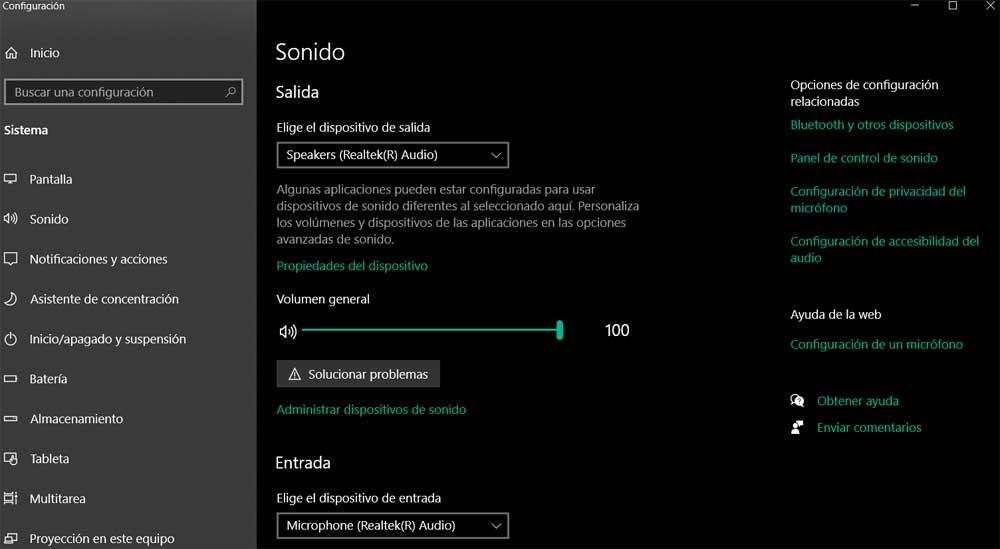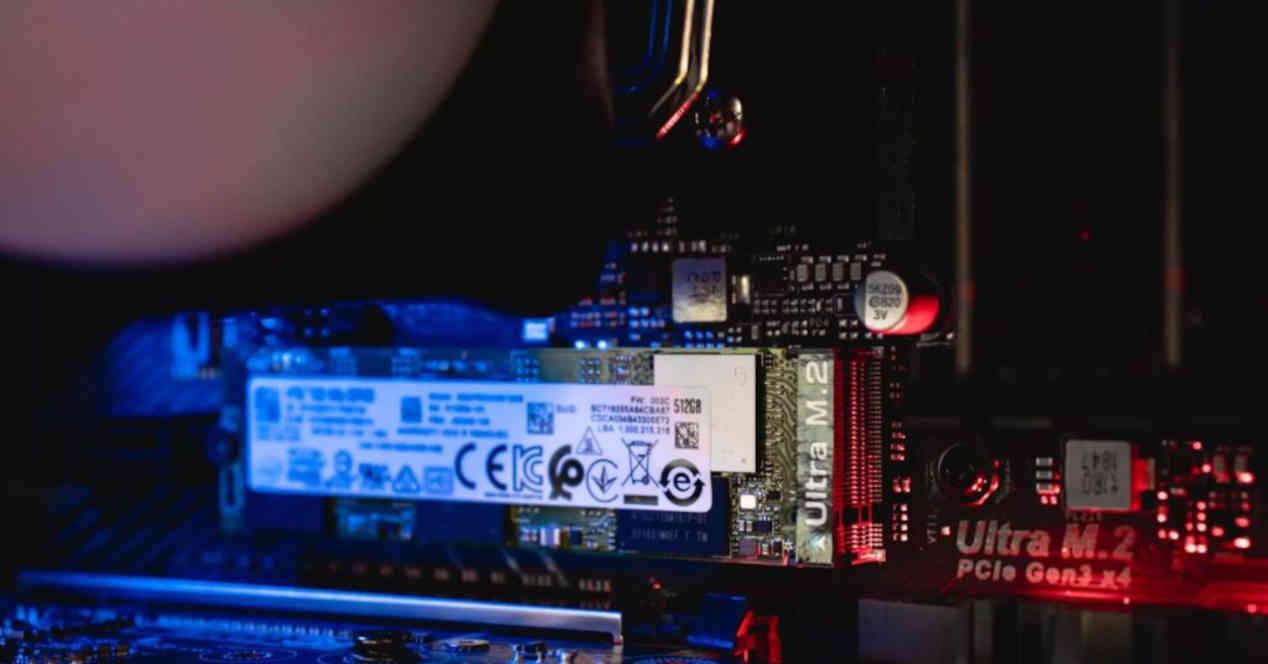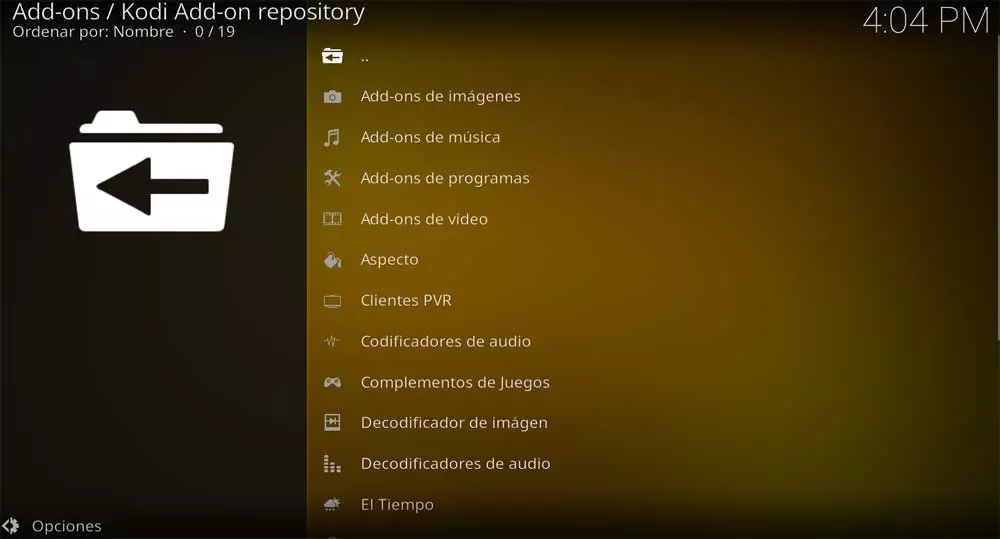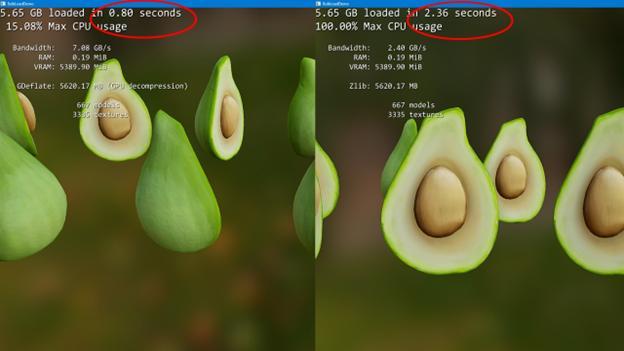
When referring to peripherals that we connect in a current PC, there are some common ones, and others more specific. In the first of the types we could include basic hardware elements and that we see in most cases. Here elements such as the mouse, the screen, or the keyboard. On the other hand we can also find others not so important for the use of the PC such as the webcam, the microphone, the printer, the external storage units, etc.
All this does not serve us more than to be able to get the most out of that team in which we sometimes spend a good part of the day. Depending on the type or types of use we make of it, we will need some of the components mentioned, or others. And not only that, but the type of connectivity we use is also of utmost importance here. And it is that at the moment and for a few years, for these devices that we are talking about, we can make use of both wired and wireless connectivity.
Aspects to consider when choosing a mixing console for your PC
In turn, we opt for one method or another, we can also choose between different interfaces without cables, or types of connectors. In the same way, the audio control that integrates the operating system itself will also play an important role.
But as surely the most knowledgeable on the subject will already know first-hand, this is a huge market that encompasses all types of users and modes of use. There are mixing consoles for those who want to get started with it all, even the most advanced professional-centric mixers who can get the most out of it. However, along these same lines, we want to focus on an average user who wants to carry out their radio or DJ projects with one of these devices connected to a Windows 10 PC.
Table connectivity
It is true that if later on we want to enter a more professional market, the possibilities and requirements in this sense increase significantly. But this is not the case at hand, so let’s see the basic sections that you must take into account when connecting the table to the Windows computer.
Therefore, the first thing that we must take into account in this regard is the connectivity supported here. With this, what we want to tell you is that we must observe the connectivity of the table as such when interacting with the PC. For example, there are some that have a USB port, but not all of them have that connectivity.
Therefore, depending on the type of use that we are going to make of it, more or less advanced, we will have to opt for connectivity RCA or USB.
Number of channels required
At the same time and depending on the connectivity for which we choose, we can make use of a single audio channel, or several. Likewise, this is something that will depend on the use that we plan to use the table as such. For easy use and to avoid complications, a table with USB maybe the best solution. However, in the event that we want to go a step further with our mixer and need multiple channels, we can choose another solution.
Additional elements to the mixing console
Depending largely on the model we choose here and again the type of use, more or less professional, we can also use other additional elements. Here we refer to instruments that we can connect directly to the table itself to get the most out of it. Similarly, if we want to improve its use and be able to work with more channelsAnother possible solution here is to use an external sound card that acts as an intermediary between the PC with Windows 10 and the mixing console.
What do I need to connect the mixer to Windows
To begin with, depending on the type of connection we have opted for, we need the corresponding cables. In the event that we have opted for RCA, the connection to the Windows 10 computer is made through the mini jack that all teams have today. Obviously, to optimize the use of the set, we must also carry out some adjustments to the system audio.
We can access all this by clicking on the corresponding icon located in the system bar with the right button. From here we will have access to the configuration of the elements Audio input and output, or to volume mixer.
But the most appropriate in these cases is to use the proprietary software that is provided with the mixer. This we can install in Windows 10 in a conventional way, and it sure helps us to configure and take full advantage of the device. In the same way, we can use third-party solutions such as the following.
- Virtual Dj: This solution is perhaps the most popular in this particular sector. In fact, they have been with us for more than 20 years and are used by many users. It is a valid mixing software for both novice users as for other more professionals. We can get the program for free from this link.
- Edjing 5: this other program to use a mixing console, we can also find it for free, in this case in the Microsoft Store. It will allow us to mix songs and prove our worth as DJ. In the same way, we will have the possibility of accessing our entire music library on the Windows 10 PC to work with it from the mixing console.






